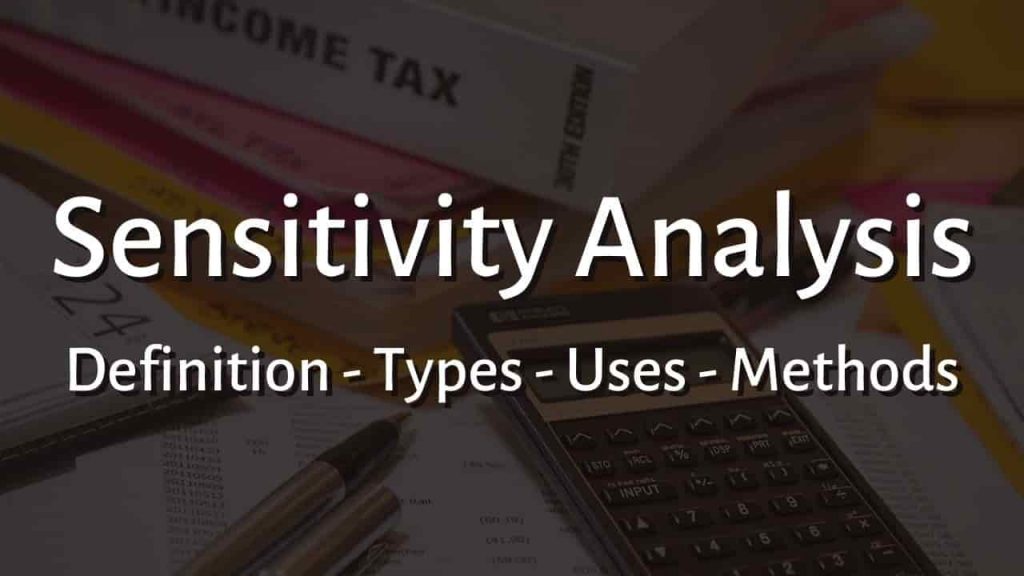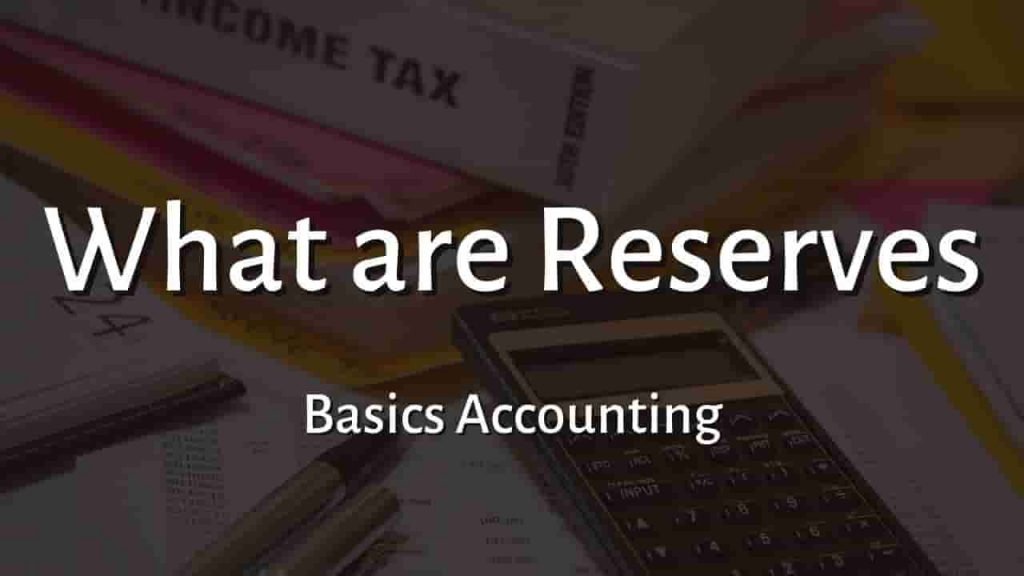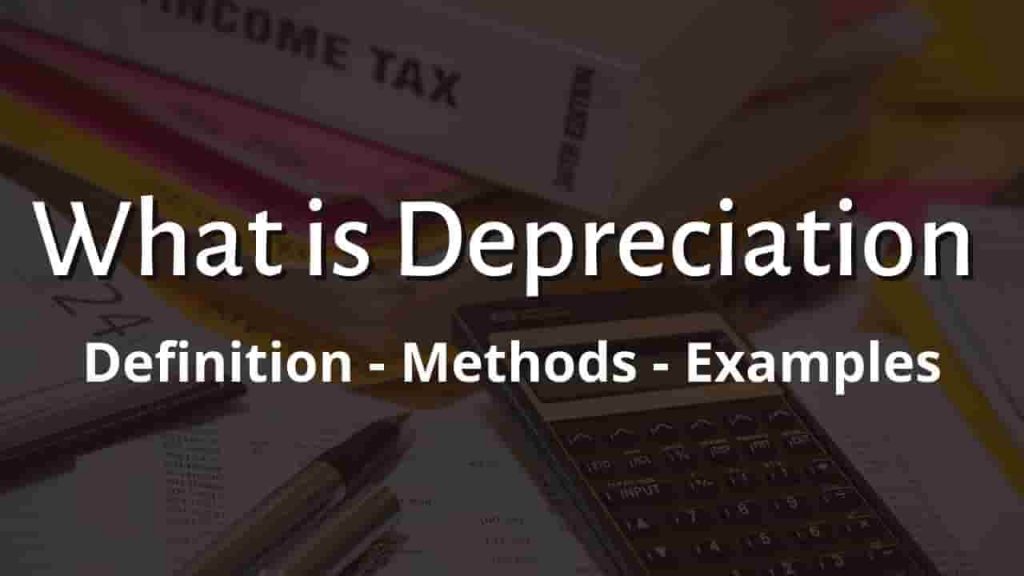Sinking Fund
A sinking fund is a fund that contains money that has been put aside or borrowed to pay off a loan or obligation. A company that issues debt will have to pay it off in the future, and the sinking fund helps to alleviate the pressure of large revenue expenditure.
A sinking fund is established so that the corporation will contribute to it in the years running up to the maturity of the bond. A sinking fund enables firms that have issued debt in the form of bonds to save money gradually and avoid a hefty lump-sum payment at maturity. Some bonds have a sinking fund provision linked to them.
Why do you Need Sinking Fund?
Consider this scenario: you open your mailbox, discover a bill, and suddenly you need $800 for your car insurance premium! What is the first thing you do if you don’t have any money? Take out your credit card, and you’re in debt! To say the least, it’s upsetting.
But consider this: Instead of borrowing money, you just set aside a modest amount of money over a period of months to achieve your objective. The bill arrives, and you have money set aside to pay it.
Benefits of a Sinking Fund
There are various advantages to establishing a sinking fund.
Sinking funds divide savings objectives into smaller chunks, making them appear more manageable. Saving $1,000 for a vacation may seem daunting, but putting aside $20 per week or $85 per month into a sinking fund may seem more reasonable.
Sinking funds can also assist to alleviate the guilt associated with big quantities of money spent. If you want to treat yourself to something extravagant, such as a new television or a trip, you may feel terrible about spending hundreds of dollars on a non-essential.
You’ve designated the money in the sinking fund for that purpose, so you don’t have to feel terrible about spending your hard-earned money on something that isn’t really required.
It also aids in the reduction of financial stress. You may plan ahead of time for those crucial, predictable costs and save money in the long run.
Sinking Fund Categories
To show the usefulness of a sinking fund, consider a few popular categories that individuals use when managing their funds in this manner.
Travel: If you want to take a vacation, you may set up a sinking fund to help you save.
Upgrades to your lifestyle: A sinking fund may also be used to save for things like buying a new car or upgrading your kitchen.
Pet expenses: If you take your dog to the vet once a year for a checkup, you may utilize a sinking fund to save money for that visit.
Basically anything: One of the benefits of sinking funds is their adaptability. A sinking fund can be set up for nearly any financial aim. All you have to do is set a monthly budget and pick a goal.
Sinking fund Vs. Emergency fund
You may still be confused. Why would you need a sinking fund if you already have an emergency fund? To begin with, the key distinction between the two types of savings is when you would spend them.
Emergency funds are intended to be used only for emergencies. You have no clue when they will appear, and you have no control over how much money they will want from you. If you become unwell unexpectedly and require surgery, the circumstances are mainly beyond your control.
Sinking funds, on the other hand, allow you to foresee and plan for future expenses. There is no element of surprise, and there are no adjustments to your other savings accounts.
Sinking fund Vs. Savings account
So you know the difference between a sinking fund and an emergency fund. You might be asking why you couldn’t simply utilize your savings account for non-emergency costs.
It’s freely accessible; the money is largely dormant. Isn’t it a no-brainer to utilize your funds to pay part of your out-of-pocket expenses?
Not so quickly. While there isn’t much of a mechanical difference between using your savings account and your sinking fund, the distinction is primarily in your intended goal. A sinking fund is used when you have a certain goal in mind and want to save for that purpose.
With a savings account, your primary purpose is most likely to save for certain financial goals or life events. A savings account is created largely to guarantee that money is set away for these specific aims.
While it is feasible to use the two interchangeably, it is not recommended. It will take a lot more discipline to keep your savings apart from the money you may want to utilize to support your significant buy. All it takes is a few blunders and you might find yourself in the red when it comes to finances.
For more click here and if you are looking for full forms of different acronyms and words then check out this list you really gonna find this helpful. We also have an Essay on every topic, Check the complete list here. If you are Studying in Matric Free Video Lectures of Maths, Physics and English are here, and we have got you covered for I.COM Business Maths also.







